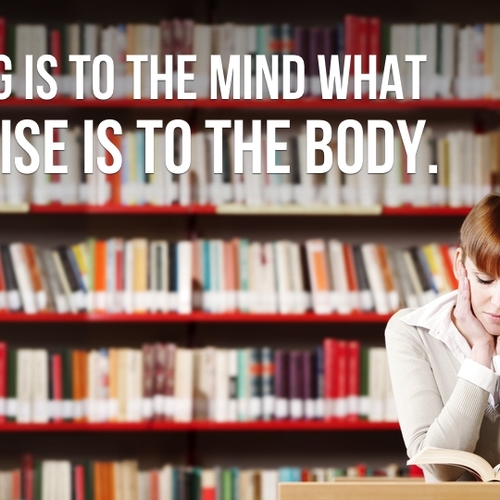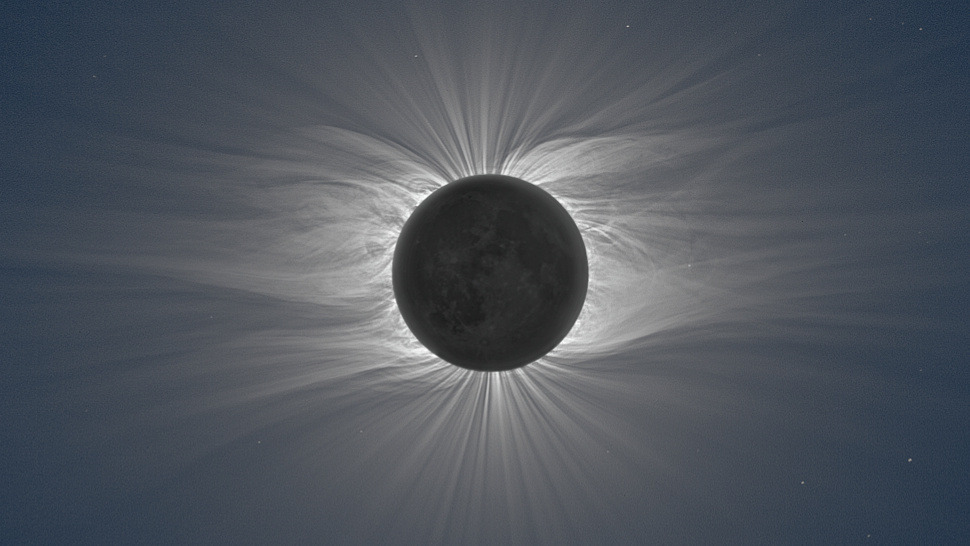In this short video Charles Duhigg, author of, The Power of Habit, explains how to break a habit.
Every habit functions the same way. At first, there is a cue. Some type of trigger that makes the behavior unfold automatically. … The next part in the habit loop is the routine , the behavior itself. … The last part of the habit loop is the reward and in some respects the reward is the most important part.
Social scientists have been enthralled by the study of personal relationships for decades. Overwhelmingly, though, when they study relationships they mostly study just one kind of relationship – the romantic kind. Little by little, research on other relationships, such as friendships, is starting to appear. What we are learning is a lesson in valuing all of the important people in our lives, and not just spouses or romantic partners.
Below is a sampling of five research findings illustrating ways in which our friends make us better and stronger.
Thinking about a friend makes people more inclined to help a stranger. […]
People who are anxious in social situations are less likely to fumble in those situations when a friend is nearby than when they are alone. […]
Challenges seem less challenging when you are with, or just think about, a friend. […]
Friends make foes seem smaller and less formidable. […]
We are more modest in the ways we present ourselves to our friends. […]
Individuals who learn two languages at an early age seem to switch back and forth between separate “sound systems” for each language, according to new research. The research addresses enduring questions in bilingual studies about how bilingual speakers hear and process sound in two different languages.
“A lot of research has shown that bilinguals are pretty good at accommodating speech variation across languages, but there’s been a debate as to how,” said lead author Kalim Gonzales, a psychology doctoral student at the University of Arizona. “There are two views: One is that bilinguals have different processing modes for their two languages – they have a mode for processing speech in one language and then a mode for processing speech in the other language. Another view is that bilinguals just adjust to speech variation by recalibrating to the unique acoustic properties of each language.”
Gonzales’s research supports the first view – that bilinguals who learn two languages early in life learn two separate processing modes, or “sound systems.”
“If you learn a second language later in life, you usually have a dominant language and then you try to use that sounds system for the other language, which is why you end up having an accent,” he said.
If you’re one of countless people who don’t make a habit of reading regularly, you might be missing out: reading has a significant number of benefits, and just a few benefits of them are listed below.
Mental Stimulation
Stress Reduction
Knowledge
Vocabulary Expansion
Memory Improvement
Stronger Analytical Thinking Skills
Improved Focus and Concentration
Better Writing Skills
Tranquility
Free Entertainment
Read the article in full for more details.
AsapSCIENCE gives us a song with all the elements in order, including the recently-added ones. Those go pretty fast, so try to keep up! The tune is “Infernal Gallop” by Jacques Offenbach, which most folks call “the Can Can Song.” -via Blame It On The Voices
Adding a hairy coat to a building to capture wind power
Looking for an alternative to turbines for capturing wind energy, Belatchew Arkitekter has proposed adding a hairy addition to Stockholm’s Söder Torn. It would serve as more than an architectural toupee, capturing energy through the movement of all those tiny straws.
The straws of the facade consist of a composite material with piezoelectric properties that can turn motion into electrical energy. Piezoelectricity is created when certain crystals’ deformation is transformed into electricity. The technique has advantages when compared to traditional wind turbines since it is quite [sic] and does not disturb wildlife. It functions at low wind velocity since only a light breeze is sufficient for the straws to start swaying and generate energy. The existing premise on top of the building is replaced with a public floor with room for a restaurant. The new extension creates, a part from the energy producing shell, room for the citizens with the possibility to reach a lookout platform at the very top of the tower with an unmatched view of Stockholm.
The idea is that the residential building would double as a power plant, and from the ground, the building would appear as a living, breathing object stretching into the sky.
[soiurce: io9]
Think Fitzgerald Would Be Improved by Cats? Watch ‘The Great Catsby
You know what the Internet always says: everything can be improved by cats. Including The Great Gatsby, the film trailer of which is here reimagined with the cast of Disney’s The Aristocats. Of course.
Is it hard to play a piano? I think I could do a good job on Björn Perborg’s variant. It has just five keys and one pedal. Now let’s try to play “Galope-Marche.”
Forms in Nature is a artwork with a light source surrounded by a dense and unruly tree and root system created in minature sculpture. The forest is mirrored around it’s horizontal central axis and forms a circle 360 degrees around the light source and thereby leads one onto the notion of a real world versus an underworld.
A Solar Eclipse Unlike Any You’ve Ever Seen
During a total solar eclipse, our view of the Sun’s disk is blocked entirely by the Moon. The Sun’s corona, however, remains very much in view – a roiling wreath of spellbinding atmospheric activity.
The image above was captured by Czech photographer Miloslav Druckmüller on July 22, 2009, when the Moon blocked our star from view for a whopping 6 minutes and 39 seconds. It was, and will remain, the longest total solar eclipse of the 21st century. From the Enewetak Radiological Observatory on the Marshall Islands – an archipelago in the northern Pacific Ocean – Druckmüller managed to capture a series of images of our Moon in transit, with the express purpose of photographing not just the Sun’s blockage, but the extent and shape of its corona.






